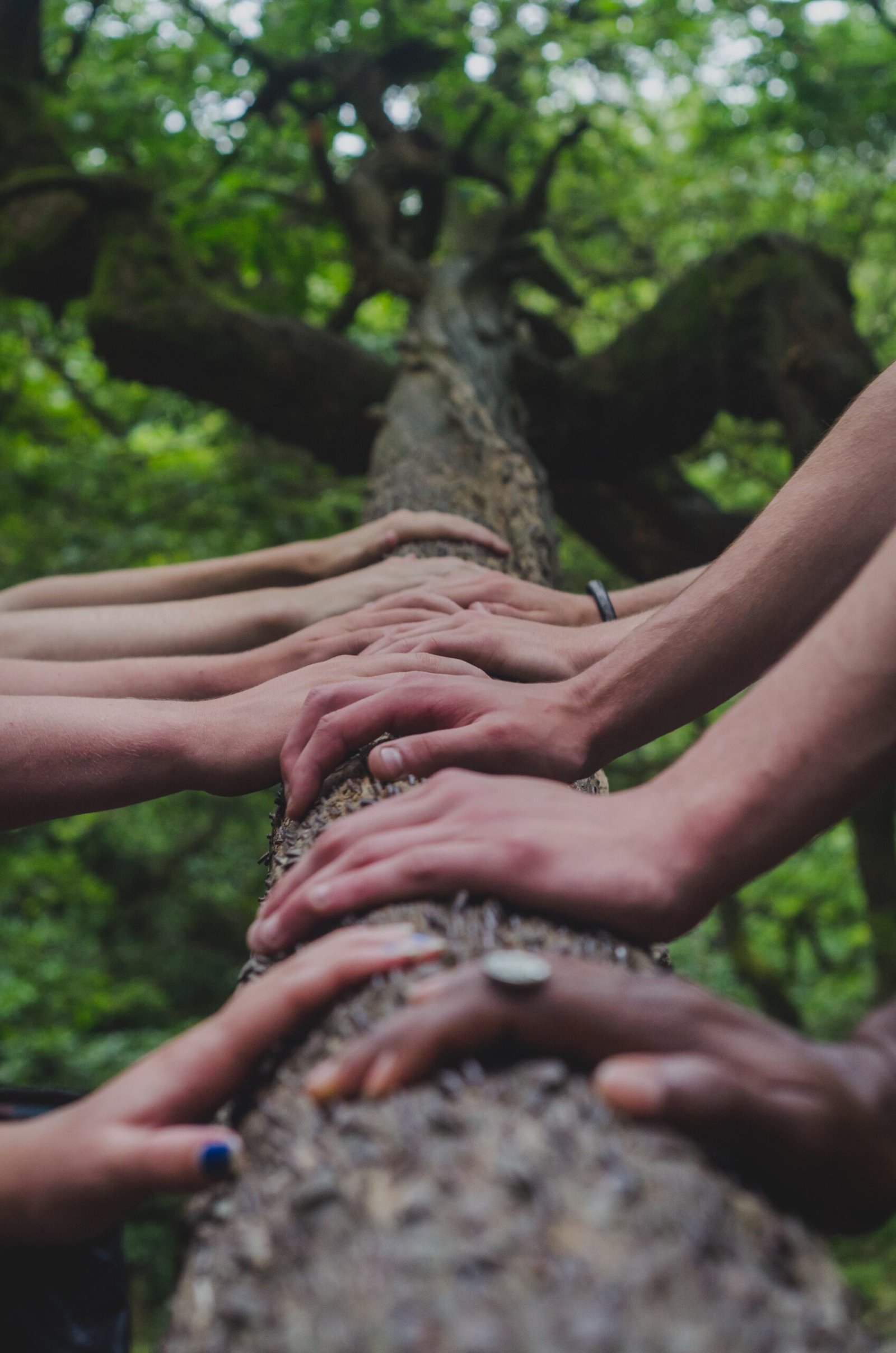
Introduction:
Communities are the backbone of society, providing a sense of belonging, support, and shared purpose. Whether it’s a small neighborhood or a global network, strong communities play a vital role in fostering personal growth, social cohesion, and collective progress. In this article, we will explore the significance of building and nurturing strong communities, examining various aspects such as community development, engagement, sustainability, and impact.
Community Development: Building the Foundation
Community development is the process of creating and improving social, economic, and environmental conditions within a specific area. It involves collaboration, active participation, and collective decision-making. By investing in community development, individuals and organizations can create an environment that supports everyone’s well-being and prosperity.
Community-building strategies:
Successful community-building requires a thoughtful and inclusive approach. It starts with identifying common goals and values, fostering open communication, and encouraging active engagement. Some effective strategies include:
- Organizing community events and gatherings to encourage social interaction and relationship-building.
- Creating platforms for community members to share ideas, resources, and skills.
- Supporting local businesses and initiatives to stimulate economic growth.
- Collaborating with local government and organizations to address community needs and concerns.
Stories of Successful Community Initiatives
Real-life examples inspire and demonstrate the transformative power of community initiatives. One such example is the “Urban Farming” movement, where individuals and communities come together to transform vacant lots into thriving gardens. These initiatives not only provide fresh produce but also strengthen community bonds, improve food security, and promote sustainable practices.
Another inspiring story is the “Community Watch” program, where neighbors collaborate to enhance safety and security in their neighborhoods. By establishing a network of vigilant residents, these communities create a sense of security and deter potential criminal activities.
Challenges and Solutions
Building strong communities is not without its challenges. Limited resources, lack of participation, and social divisions can hinder community development efforts. However, there are solutions to overcome these obstacles:
- Encouraging inclusivity and diversity by actively involving individuals from different backgrounds and perspectives.
- Providing educational opportunities and resources to empower community members.
- Creating mentorship programs to foster intergenerational connections and knowledge-sharing.
- Seeking partnerships with local organizations, businesses, and government agencies to leverage resources and expertise.
The Importance of Inclusivity and Diversity
Inclusivity and diversity are fundamental to building strong and resilient communities. By embracing different perspectives, cultures, and experiences, communities can tap into a wealth of knowledge and creativity. Inclusive communities ensure that everyone feels valued, respected, and empowered to contribute their unique skills and talents.
Expert insights:
Dr. Maya Patel, a community development expert, emphasizes the importance of inclusivity, stating, “Inclusive communities are more innovative, adaptable, and sustainable. By embracing diversity, we create spaces where everyone can thrive and contribute to the greater good.”
The Enduring Value of Thriving Communities
Thriving communities have a lasting impact on individuals and society as a whole. They provide a support system during challenging times, foster a sense of belonging, and create opportunities for personal and collective growth. Strong communities also contribute to social and economic stability, enhance overall well-being, and promote sustainable development.
Conclusion:
Building and nurturing strong communities is not just a responsibility; it is an investment in our shared future. By actively participating in community-building efforts, we can create environments that are inclusive, vibrant, and resilient. Let us join hands and work towards building communities that empower individuals, foster connections, and leave a lasting positive impact on the world.